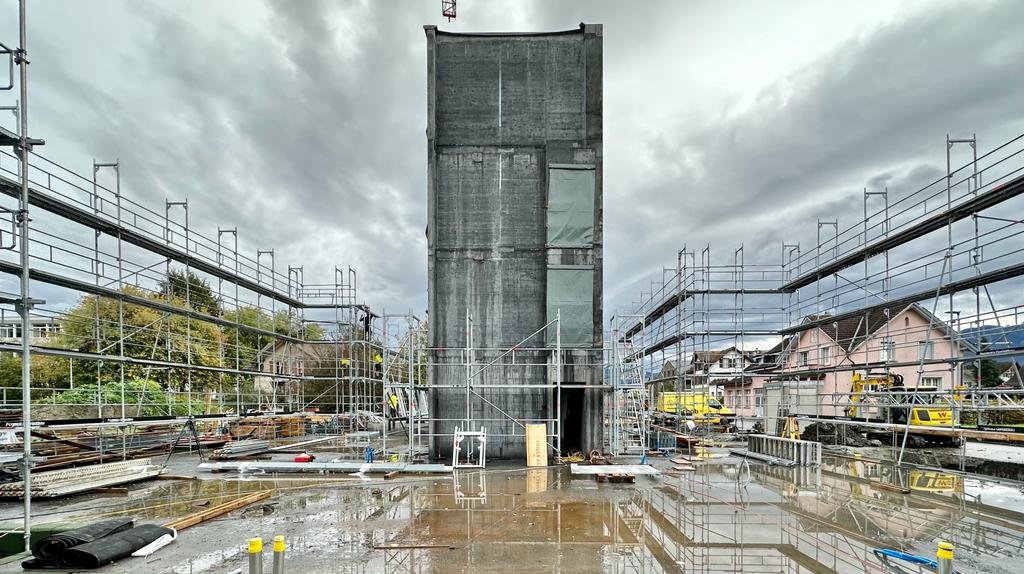World record! 300 m³ of biochar concrete laid in 14 hours!
On 21.08.2023, an astonishing 300 m³ of biochar concrete was laid in just one day. The biochar concrete was pumped for the first time.
Together with Sigmund Sieber AG & Carstorcon, Openly has developed an industrially applicable biochar concrete that has all the necessary approvals. You can add biochar to all types of concrete.
Simplified: 1 kg of biochar binds approx. 3 kg of atmospheric CO₂. Click here for the CO2 balance
When added to the concrete as an aggregate and installed, a CO2-reduced building material can be made available. As a comparison, Neustark stores approx. 5kg CO2 per m3 - with biochar you can achieve up to 40 times the sink capacity. We will provide you with all CO2 certificates from this C-sink.
The biochar brings many advantages in addition to CO2 storage (known in technical terms as CCS - carbon capturing & storage). For example, compressive strength is increased as the activated carbon particles interlock in the cement matrix.
With this building material, we have followed the principle of preventing emissions in the first instance and only then compensating for them. Our biochar concrete requires slightly less cement than conventional concrete. This progress is a sign of the tireless work and commitment of the OPENLY team and its partners and experts involved in the development of the OPENLY - bionic building material system.
It is now possible to realize your construction project with biochar concrete. Visit Valley Widnau as a reference, 1000m3 of biochar was used.
Another innovation is the CO₂-neutral steel from our partner Stahl Gerlafingen or Locher Bewehrungen (SFS Group).
The first construction site in Switzerland to use 100% recycled iron and CO₂-neutralized reinforcing steel. A significant milestone for the construction industry!
This innovative approach not only helps to conserve the earth's resources, but also drastically reduces the impact on the environment. The use of recycled materials significantly reduces the need for virgin iron and steel, which in turn minimizes carbon emissions during manufacturing. This pioneering construction project sends a positive signal to the entire construction industry and encourages others to adopt similar environmentally friendly approaches.
Without our partners, who pursue these approaches together with us, this progress would not have been possible in a short time.





